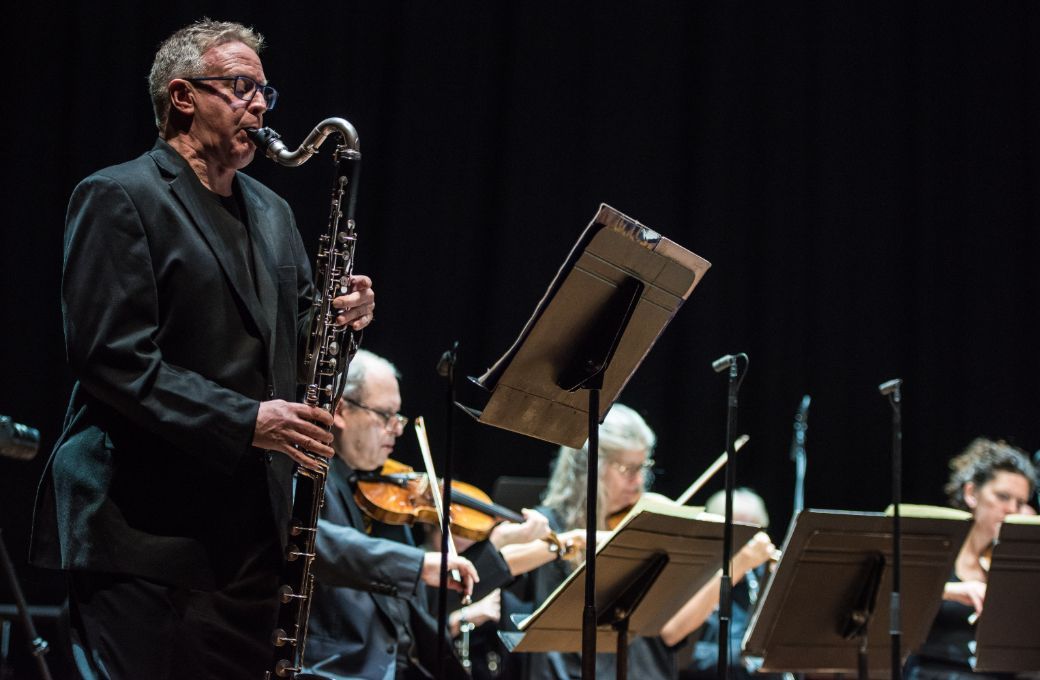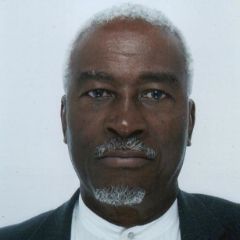It is fitting that Iannis Xenakis shares his birth year with the publication of The Waste Land and Ulysses. Like Eliot and Joyce, he embodied the modernist aesthetic that gave substance to Ezra Pound’s clarion-call to “make it new”. Never before had there been a composer like Xenakis whose practice grew out of his mastery of engineering, mathematics and architecture. Everything he did was new, but his music was not that of novelty; he produced, and bequeathed to Western art, a body of work that stands shoulder-to-shoulder with the giants of the past.

Someone at the Southbank Centre knows the value and influence of Xenakis, who died in 2001 – hence the presentation of a programme dedicated to celebrating and commemorating his life, work and legacy. It was a day of discussion, screenings, demonstration performances, an installation and extraordinary music-making. There were contributions from three Xenakis scholars: Haris Kittos, Marcus du Sautoy (himself an eminent composer) and Makis Solomos. Nouritza Matossian, Xenakis’ biographer, was an articulate flame-bearer to this most complex of characters. The world premiere of Shiva Feshareki's The Torus of Revolution gave testimony to the influence of Xenakis on a new generation of composers and sound-artists.
And then there was the London Sinfonietta, under the inspirational Geoffrey Paterson, whose presence on the podium always seems to herald an enlightening experience – and thus it proved to be, judging by the enthusiastic response of a sizeable audience. With the assistance of clarinettist Mark van de Wiel, pianist Philip Howard, and percussionist Oliver Lowe, the band gave a superb performance – music-making of the highest quality.
The programme of four pieces seemed to have been chosen to show us some of the ingredients in the “essential” Xenakis. With O-Mega, it was his passion for percussion, providing a fanfare like no other known to me; Palimpsest and Thalleïn exposed his unabashed but highly-controlled facility for virtuosity; and in Échange we saw a glimpse of an approach to harmony that was his own invention. Paterson brought the music vividly to life. During a passage in Thalleïn he could be seen boogieing to its pulsating rhythms and in Échange there was an exquisite moment when the multiphonics of the bass clarinet was taken up by the strings – a detail which signalled the care with which the work was prepared.
It is worth recalling that Xenakis, the “architect of sound”, imagined, created and animated his forms and structures from his idiosyncratic relationship to the art and craft of musical composition. He was the guru of glissandi, the Meister of multiphonics and microtones, and the custodian of all the modes of attack, decay and release in the known universe. His proclivities in notation, rhythm, metre and tempi were unconscious bequests to the Complexiteers; he conjured up scales and arpeggios previously unknown to humankind. His harmonic language is a thing to behold in wonderment.
The evening concert was a blast, an experience of overwhelming proportions that will leave an indelible mark of pure joy on the sizeable crowd which sat enraptured in the Queen Elizabeth Hall. Shelley’s Spirit of Delight was with us, in the percussion maestri of the Colin Currie Group and in the string magicians of the JACK Quartet. Their testimony to Xenakis’ greatness as an architect of sound was as powerful as that of the London Sinfonietta.
I think that the JACK Quartet – violinists Christopher Otto and Austin Wulliman, violist John Pickford Richards, and cellist Jay Campbell – are visitors from another planet, on a mission to civilise the eyes, ears and spleen of a recalcitrant population unwilling to recognise and embrace the thrill of so-called extended techniques. In their extraordinary exposition of the score to Tetras, they made it quite clear that there is nothing “extended” about Xenakis’s vocabulary: the plethora of sound-production techniques that give the piece its distinctive character are natural to his style of communication. It was spellbinding to watch the players, at one with themselves and their instruments, conjure up music that sang eloquently to its audience.
One of the violins retreated to the shadows for Ikhoor. Its startling first bars sound as though they were lifted from the Dance of the Adolescents from The Rite of Spring. That gesture reappears at various points in the piece, almost like a Leitmotif, and helped the ears navigate its intricate structure. It is a ten-minute tour de force requiring great skill and intelligence to prevent its serpentine lines from devouring each other – but it ends in a whispered utterance of poise and grace. Mikka and Mikka ‘S’ are two brief scenas for solo violin, played by Richards with the tenderness and devotion of one who is in love, to his beloved.
Bookending the pieces for strings were two mighty signature works for percussion: Psappha, for solo daredevil, and Pléïades, for six super-heroes. In the former, masterfully played by Currie himself, Xenakis’ use of Sapphic metre serves as background to a primal howl similar to that which must have been heard at Delphi. The polyrhythmic heroics that conjure up a star cluster is not for the faint-hearted; it is the kind of piece where anyone within earshot is likely to be “blown away” – and thus it was for all those who, for one night only, sat at the feet of a great master.
Xenakis used to say that he felt like an ancient Greek stranded in the modern world. That being so, we might regard him as a kinsman of Odysseus – a “nobody” who railed at the mad-eyed municipalities that hampered his artistic journey, and a wily mariner who stoutly resisted the siren-call of serialism. Perhaps he is now on one of the Tennyson’s happy isles, with his kinsman, playing at dice with their comrade-in-arms, Achilles.


